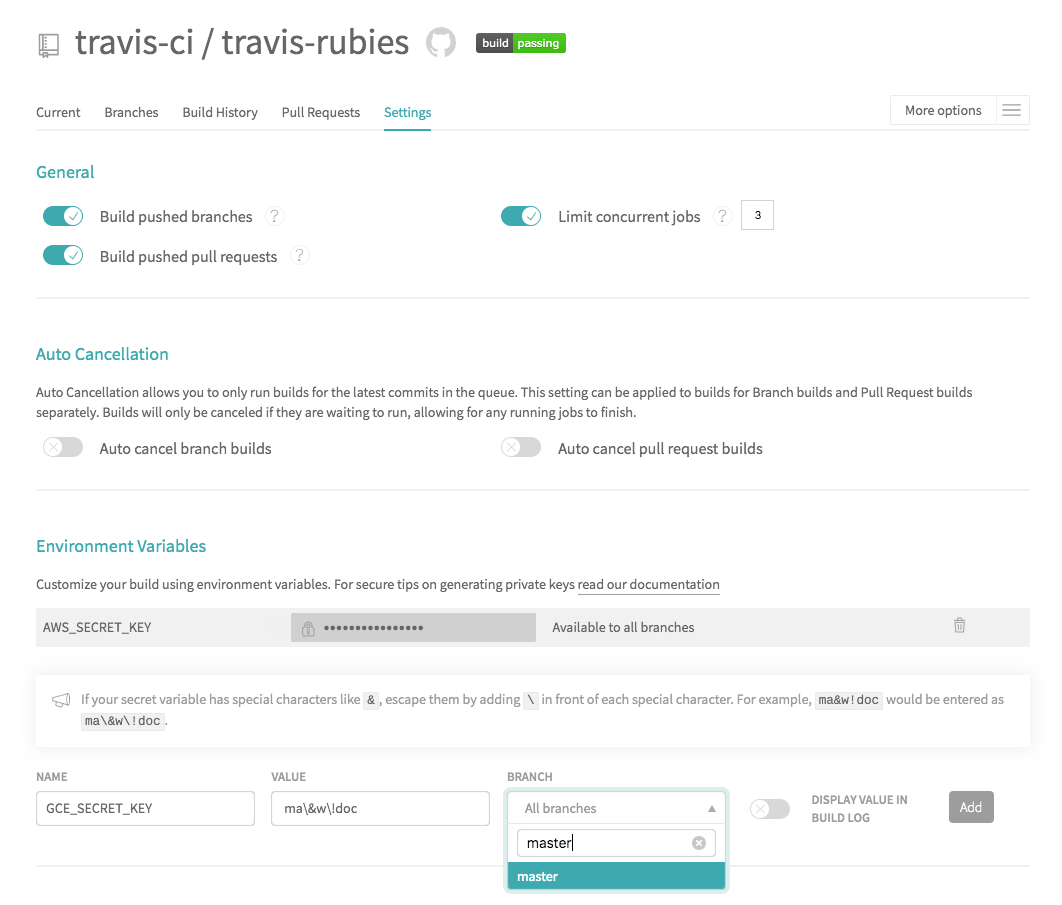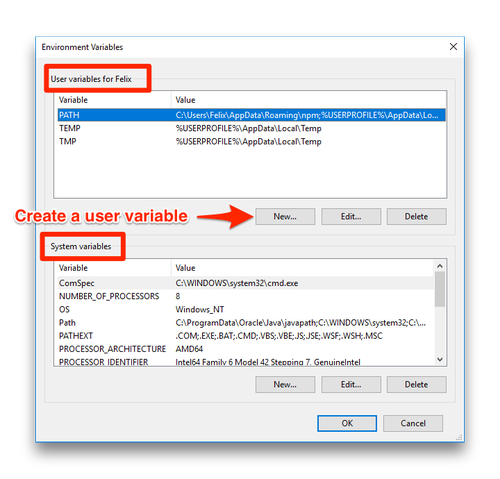
bashrc file to make your changes permanent. You can also directly access it using control sysdm.cpl,system,3 command in RUN dialog box. Do one of the following for each of the new variables: export variablevariablestring. You can access the list of Environment Variables present in your computer using System properties -> Advanced -> Environment Variables button.
#Mac os list environment variables windows
This agglomerates the lines found in the files /etc/paths and /etc/paths.d/*. So we are listing them separately for Windows XP and other Windows versions. However there are also the system defaults, such as /etc/profile and /etc/bashrc.Īs you can see from checking out /etc/profile, the PATH variable is set up using a utility located at /usr/libexec/path_helper (see the path_helper(8) manpage). The value of the CI environment variable specifies whether we. If you're talking about environment variables specific to the shell, there are the user-specific locations such as ~/.bashrc, ~/.bash_profile, ~/.profile, etcetera. Although some of the presented environment variables can be defined on a per-project or. Related macOS comands: bash shell variables - variables visible only in the bash shell.

It can be undone with the following: launchctl unsetenv FOO If setting a variable in the user environment will suffice, then set a shell variable by adding an export command to /.bashprofile. You can see this for yourself by quitting and relaunching Terminal, then running env. As an experiment, try the following in Terminal: launchctl setenv FOO BARĪny application launched in your login session will now contain the FOO=BAR pair. You can filter the result by piping it to grep. The return status is zero unless an invalid option is supplied, one of the names is not a valid shell variable name, or -f is supplied with a name that is not a shell function. Open a Terminal window, and use export to see a list of currently configured environment variables. Alternatively the env command can be used to display, set, or remove environment variables.

On a Mac, you can also manage environment variables from a command prompt, using a slightly different set of commands.
#Mac os list environment variables mac os
In Mac OS X, launchd is responsible for bootstrapping login sessions, and as such, is the first "source" of environment variables. Viewing and Setting Environment Variables on Mac OS X.

The first thing to know about environment variables is that (normally), one processes inherit them from their parents.


 0 kommentar(er)
0 kommentar(er)
